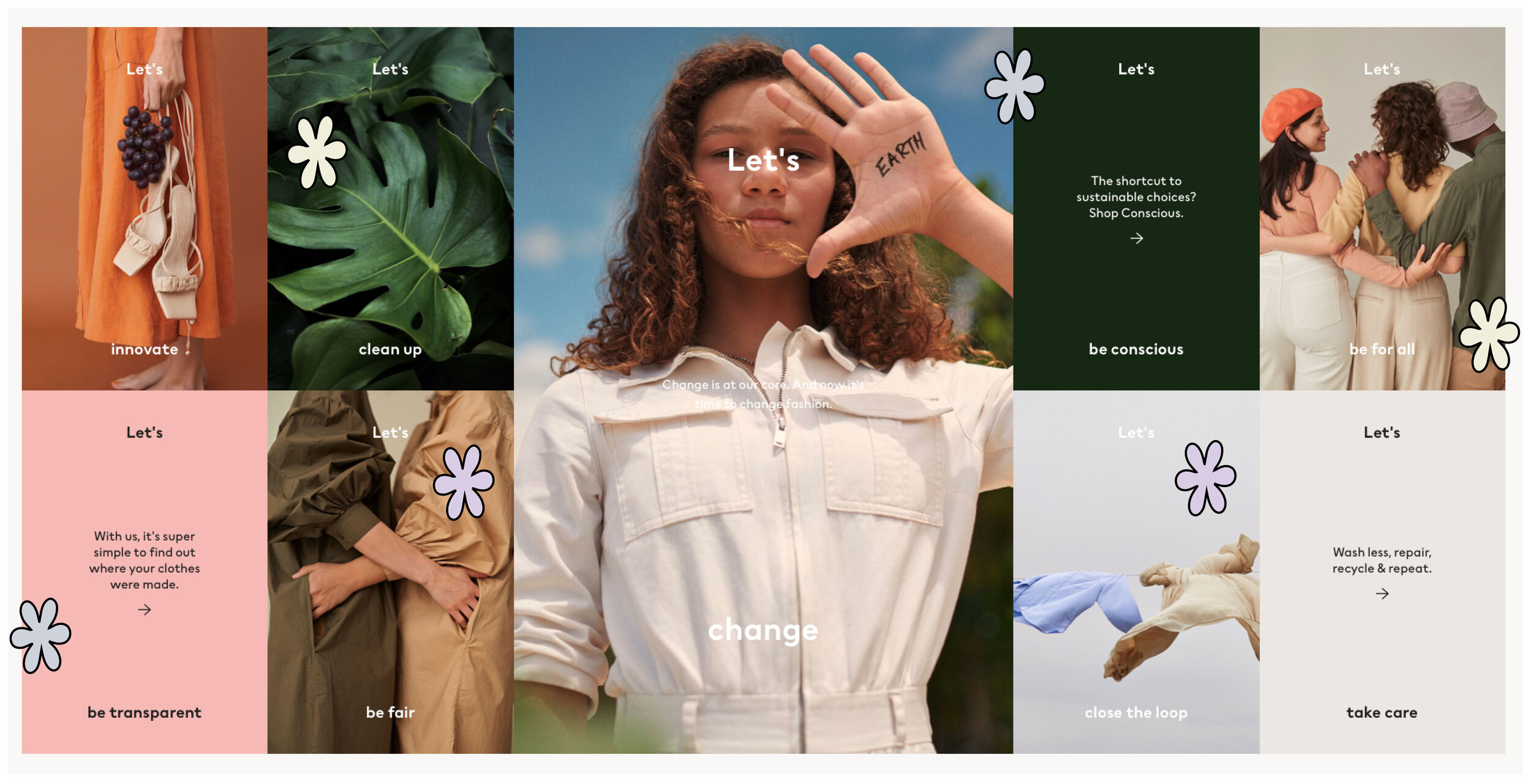Sllo Talks: What the fuck is Greenwashing?
You’ve probably heard the term ‘greenwashing’ being thrown around, but what the fuck does it actually mean? Cambridge defines greenwashing as “behaviour or activities that make people believe that a company is doing more to protect the environment than it really is.”
“When companies invest more time and money on marketing their products or brand as “green” rather than actually doing the hard work to ensure that it is sustainable — that’s greenwashing,” explains Leyla Acaroglu, UNEP Champion of the Earth and sociologist. “The main issue we see is that greenwashing takes up valuable space in the fight against significant environmental issues like climate change, plastic ocean pollutions, air pollution and global species extinction.”
Greenwashing is no new phenomenon. It was originally coined in the 80s by Jay Westerveld, back when information was less accessible, and companies couldn’t be held accountable. “The combination of limited public access to information and seemingly unlimited advertising enabled companies to present themselves as caring environmental stewards, even as they were engaging in environmentally unsustainable practices.” (The Guardian)
Whilst the sustainable goods industry has grown incredibly since the term was first coined, the instances of greenwashing has grown with it. It has become a prominent tactic that has undergone a troubling evolution in corporate spaces.
Just this year (2021), the European Commission reported that national consumer protection authorities believed that in 42% of cases, companies were making sustainability claims, that were exaggerated, false, or deceptive.
It’s becoming more common for brands to convey a false impression about how sustainable and ethical they are, but they’re unable to substantiate their claims.
So, what does greenwashing look like in the day-to-day? Let’s take H&M for example. H&M have been working hard to position themselves in the market as a ‘greener choice’ to consumers. The fast fashion giant has released a ‘Conscious Collection’. Yet, H&M currently churns out 3 billion garments a year and, as of 2019, was sitting on $4.1 billion worth of unsold clothes. There’s nothing ‘conscious’ about that.
Moreover, they have provided consumer with in-store recycle bins — an initiative that is extremely appealing to those looking to shop more sustainably. H&M have built a narrative that clothing that is recycled in these bins are made in to new garments, but according to environmentalist Elizabeth Cline, that’s likely to happen with less than 1% of the clothes collected.
We thought we’d show what this all translates to their website. This screenshot was taken from H&M’s ‘sustainability’ tab.
Each one of our Sllo flower icons represents a common greenwashing tactic. Let’s break it down.
Let’s be transparent — H&M has scored highly on the Fashion Transparency Index in the past, but this only scratches the surface on supplier policies, audit, and remediation processes. This is not the same as operating ethically or sustainably. The company has actually had several incidents connected to their labour and supply chains that they haven’t been ‘transparent’ with, including a Global Labour Justice report outlining abuse faced of female garment workers in H&M supplier factories.
Let’s clean up — H&M Group is a major figure contributing to garment pollution, generating $22 billion in revenue by selling 3 billion garments across it’s nine brands. With over 13 million tonnes of textile waste each year, the notion of ‘cleaning up’ the planet by releasing another line of clothing does not substantiate.
Let’s be fair — in 2017, The Guardian reported that children in Myanmar were being employed in factories to make clothes for H&M. There’s nothing fair about that.
Let’s be conscious — they’ve just added a link to shop their ‘Conscious Collection’. Do we even have to explain this one?
Let’s close the loop — referring to the notion of reduce, reuse and recycle, H&M seeks to create a cycle in a garments life that eliminates wastage. Whilst the in-store recycling bins are an attempt at this, the wastage created in every aspect of their production process renders this effort useless.
Let’s be for all – you cannot empower people through your brand, when it is exploiting others behind the scenes. With so many reports of abuse, forced labour, child labour, and even their part in the Rana Plaza factory fire, H&M is not ‘for all’, they’re for profit.
Whilst some companies do not purposefully greenwash their customers, their inability or lack of research into addressing sustainability issues is a problem in itself.
It’s not the consumers obligation to control the actions of big corporations, but we can do our part to shop more consciously, and cast our vote for change. We’ve outlined some key greenwashing tactics you can spot in campaigns that may try to divert attention away from the lack of sustainable efforts actually being made.
GREEN PRODUCT VS. DIRTY COMPANY: Making and promoting ‘ethical’ or ‘sustainable’ products in a factory or manufacturing space that does not adhere to sustainable or ethical standards.
FLUFFY LANGUAGE: Using buzzwords with no real meaning or relevance to their product.
BEST IN CLASS: A declaration that a product is ‘greener’ then the rest, yet, the entire market in unsustainable.
OUTRIGHT LIES: Simply having ‘ethical’ in your Instagram bio doesn’t mean it is. Make sure the company or brand can back up their claim.

